Across a swamp, high in a tree, and nestled in the middle of a Great Blue Heron rookery is a nest that is a little larger than the rest. At first glance the nest appears to be empty, but its denizen is just hunkered down low behind the rim, busily incubating a clutch of eggs. It takes a close cropped photograph—and maybe a little imagination—to finally recognize the occupant as a Great Horned Owl.
Great Horned Owls are some of the earliest breeding birds in North America, and there will be baby owls in this nest soon. Their mating activities begin early in December and by this in February they are busy incubating eggs. As nocturnal hunters, Great Horned Owl may risk the cold of winter in order to take advantage of the longer nights.
Great Horned Owls are also know to take over the nest of other large birds—Hawks sometimes, or as in this case, a Great Blue Heron nest. Of course, the owls have modified this nest significantly to better suit their needs.
NOTE: This observation is continued here: Great Horned Owl – Two Nests in the VCDB
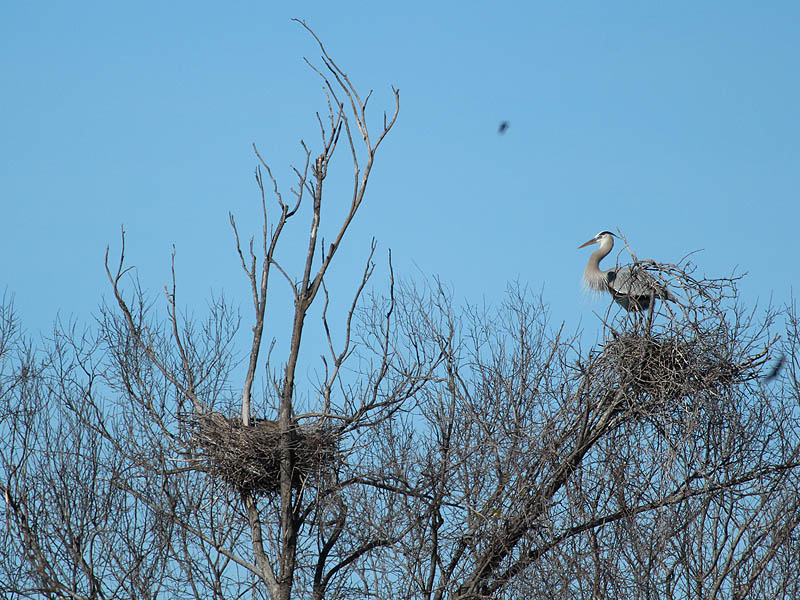
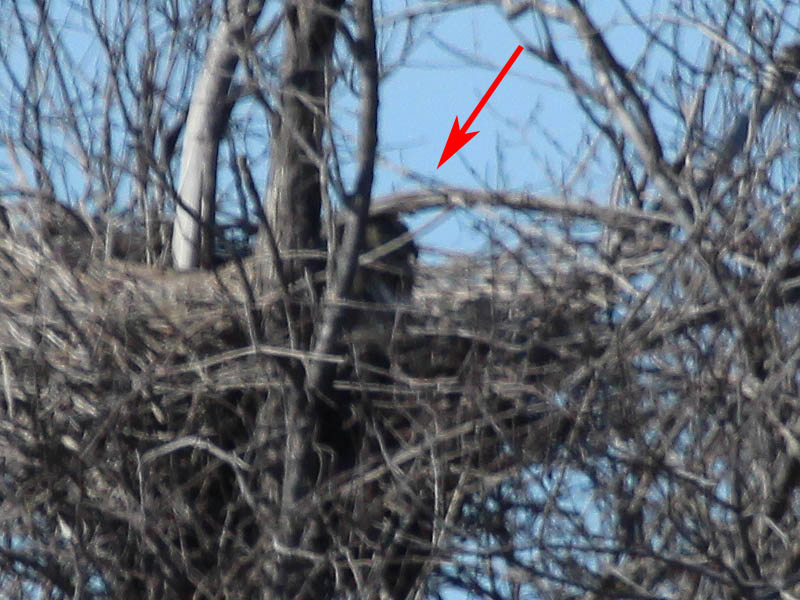
Observation Details
| County | – | Tarrant |
|
| City | – | Arlington | |
| Date | – | Feb 3, 2013 | |
| Time of Day | – | Midmorning | |
| Temperature | – | Cool (50-69°F/10-21°C) | |
| Weather | – | Clear | |
| Habitat | – | Water-Bog/Marsh/Swamp | |
| Type of Behavior | – | Nesting | |
| Gender | – | Female | |
| Maturity | – | Adult | |
| Observer | – | Chris Jackson | |
| Main Article | – | Great Horned Owl | Observation Location |


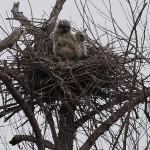

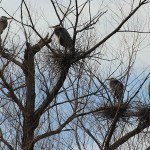

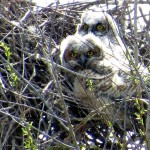
How did it go? Did the owl leave the baby herons alone?